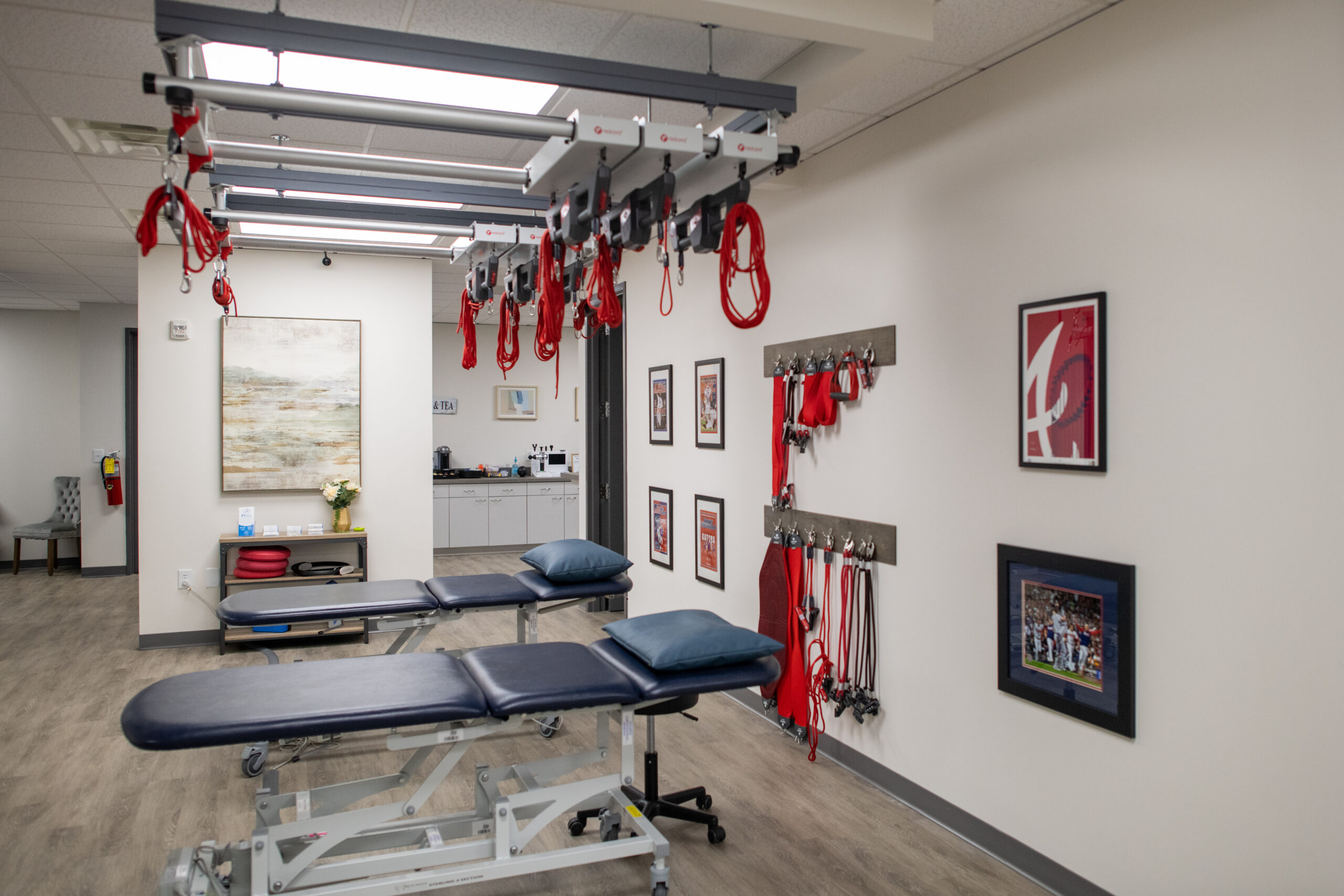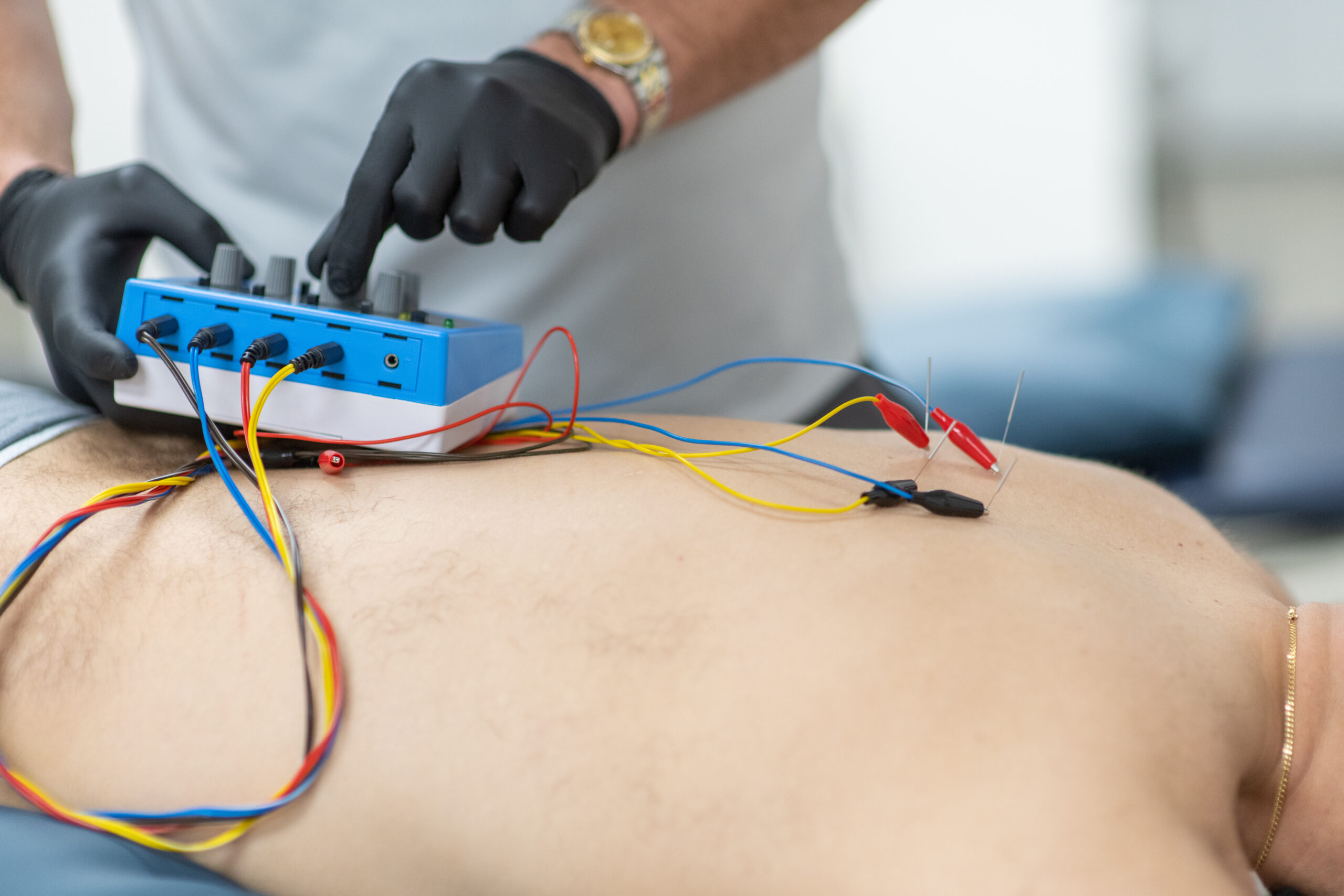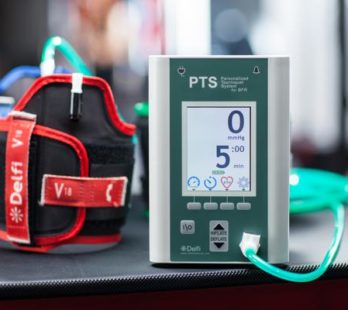Redcord usage with SI Joint Dysfunction
Sacroiliac Joint Dysfunction (SIJD) is a musculoskeletal problem that may account for up to 30% of lower back pain. SI joint pain is typically located in a focal area at or around the PSIS (Posterior Superior Iliac Spine) at the attachment of the long dorsal ligament on the sacrum (tailbone). SIJD is either the result of hypermobility (too much motion) or hypomobility (too little motion or compression).




